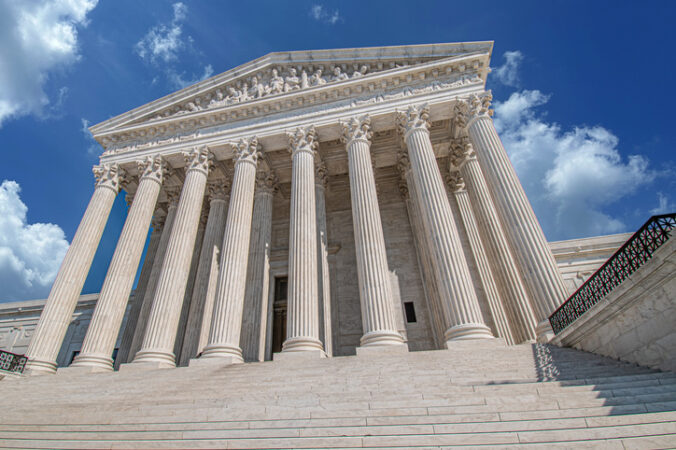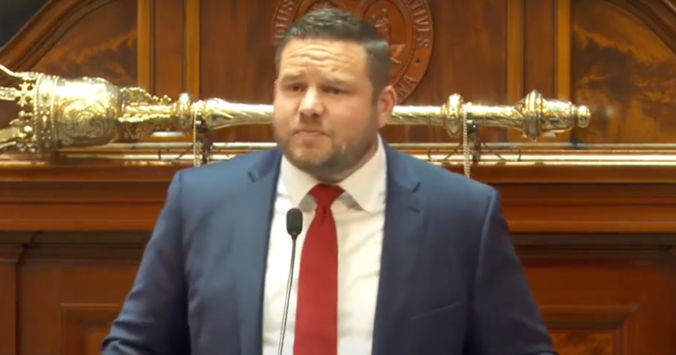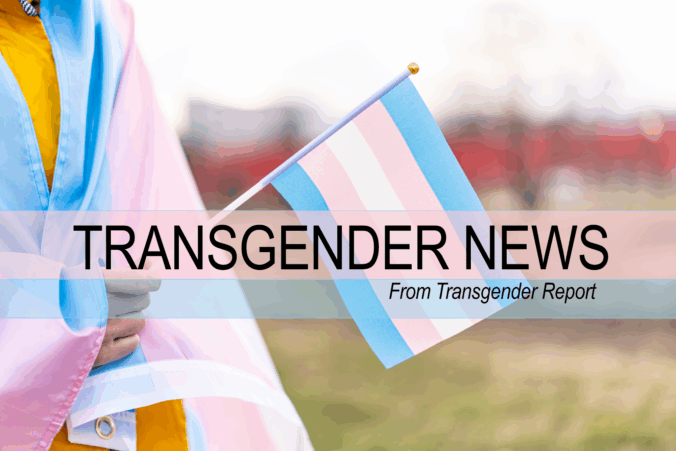Will the US Supreme Court allow for bigoted and harmful conversion “therapy”?
Supreme Court to Hear Case On Conversion Therapy Ban
The U.S. Supreme Court is preparing to hear Chiles v. Salazar, a high-stakes case challenging Colorado’s law that bans licensed therapists from providing conversion therapy to minors. The plaintiff, Kaley Chiles, argues that the ban violates her First Amendment free speech rights by restricting her ability to counsel clients in line with her pseudo-christian beliefs.
Colorado contends that the law regulates professional conduct, not protected speech, because conversion therapy is widely discredited and has been linked to harmful outcomes.
How this week’s Supreme Court case on conversion therapy could impact the regulation of medicine
Supreme Court Prepares To Decide If Therapists Can Practice Conversion Therapy
Can Conversion Therapy Be Banned? Colorado Faces Speech Test at the Supreme Court.
Decades-old ‘conversion therapy’ resurfaces in today’s trans youth healthcare debate
“It’s terrible”: Pete Buttigieg denounces attempts to drop the T from LGBTQ+
Black Trans Woman Tiara Jackson Killed in Charlotte Hotel
A Trans Woman’s Reckoning With Cruelty, Privilege And Selfhood
The woman behind the Dancehall Queen of Switzerland
Homophobic and transphobic African bishops may cause a split in the Anglican Christian community.



















